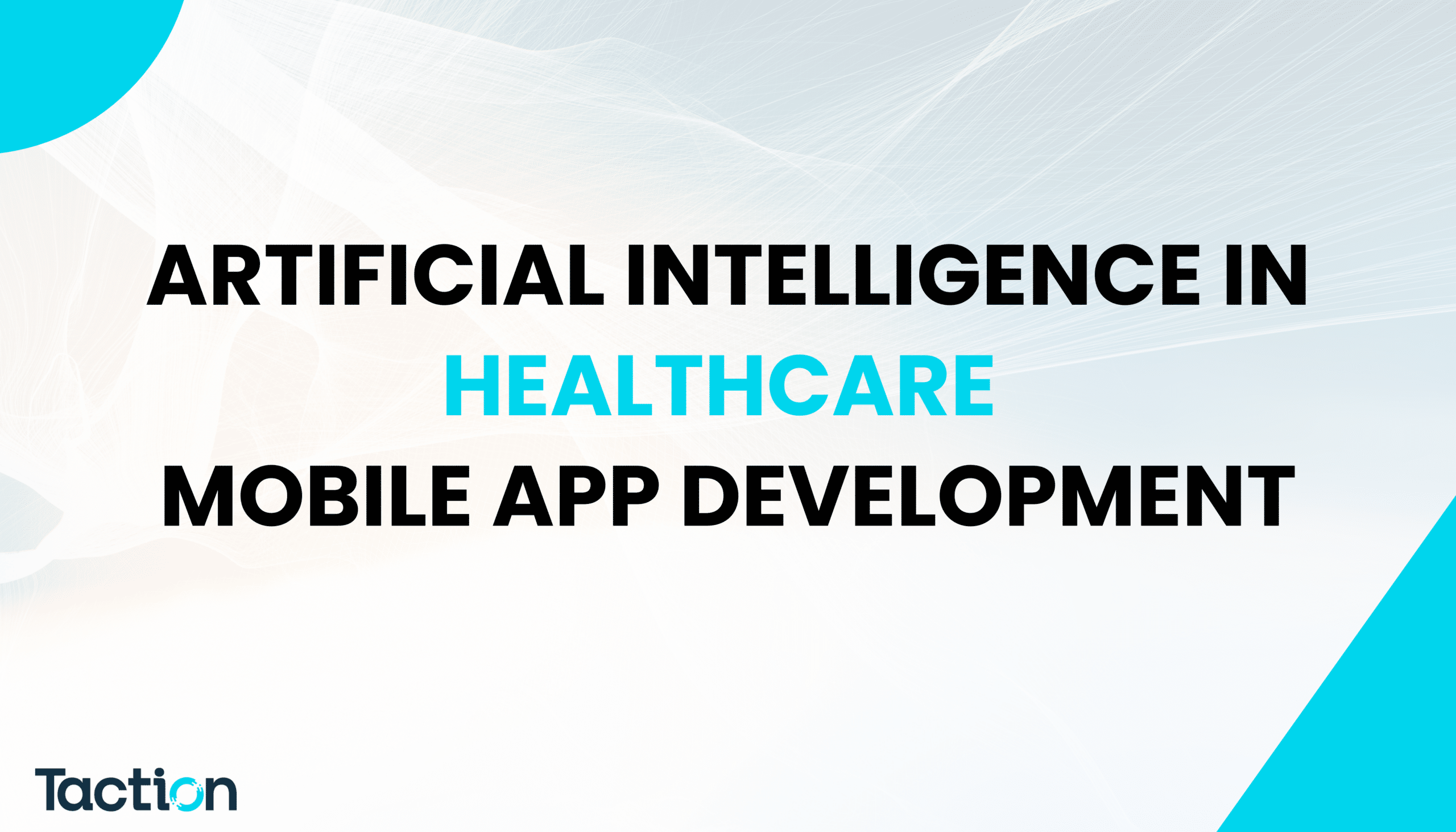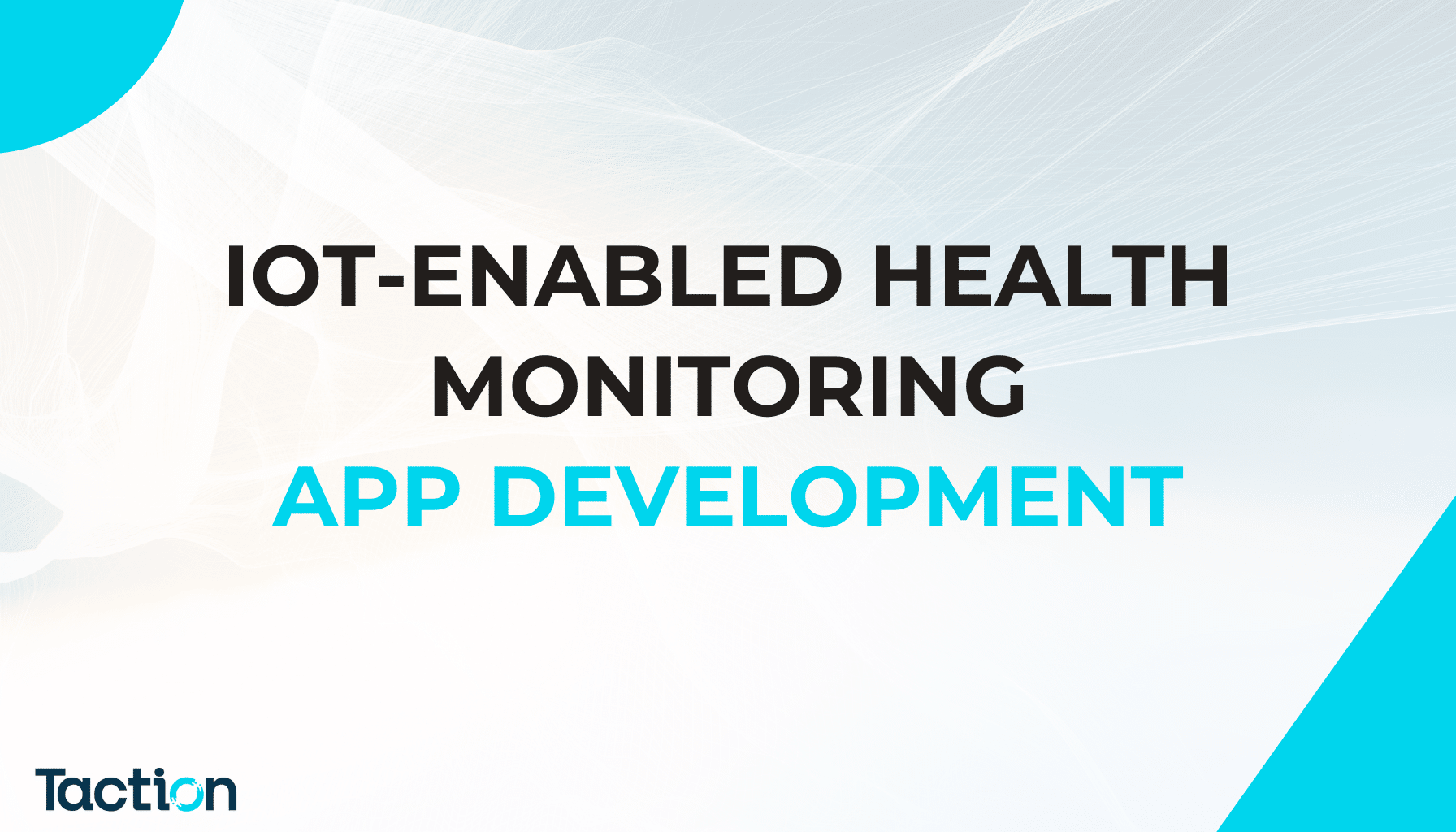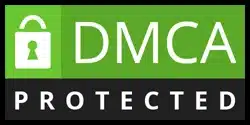Introduction to Patient Engagement Software
Patient engagement software plays an indispensable role in today’s fast-evolving healthcare landscape. It empowers patients to actively take an active part in managing their own healthcare while simultaneously helping providers deliver more customized and efficient care.
Patient engagement software covers an expansive array of tools, from secure patient portals and appointment scheduling systems to telehealth platforms and real-time health monitoring via wearable devices. By providing clear communication channels between providers and patients, these solutions help increase satisfaction ratings, adhere to treatment plans more closely and ultimately boost overall health outcomes.
Healthcare providers also benefit from patient engagement software’s streamlined workflows, reduced administrative burdens and enhanced patient data insights to support value-based care delivery. Patient engagement software has revolutionized healthcare delivery systems worldwide by creating more collaborative patient-centric care environments with improved health outcomes and operational efficiencies for providers and patients alike.
Benefits of Patient Engagement Software
Patient engagement software offers numerous advantages to both healthcare providers and patients, revolutionizing how care is delivered and managed. Here are the primary advantages:
1. Improved Patient Outcomes
Patient engagement solutions empower individuals to take an active role in their health management. Features such as personalized health education, medication reminders, and real-time monitoring enable patients to adhere to treatment plans more effectively. This proactive approach leads to improved patient outcomes, reducing the risk of complications and hospital readmissions.
2. Enhanced Communication and Collaboration
These platforms provide secure communication channels, such as messaging systems and telehealth services, allowing patients to easily connect with their care providers. Improved communication fosters better patient-provider relationships, ensuring that patients feel supported and understood throughout their healthcare journey.
3. Increased Healthcare Efficiency
For healthcare providers, patient engagement software streamlines administrative tasks, such as appointment scheduling, billing, and patient data management. By automating these processes, providers can focus more on delivering quality care, enhancing overall healthcare efficiency. Additionally, real-time data from wearable devices or remote monitoring tools helps providers make timely, informed decisions, further optimizing care delivery.
4. Greater Patient Satisfaction
When patients have easy access to their health records, test results, and treatment plans, they feel more in control of their care. This transparency, coupled with user-friendly tools, improves patient satisfaction and fosters trust in healthcare providers.
5. Support for Value-Based Care
Patient engagement software aligns with the goals of value-based care by promoting preventive measures, reducing unnecessary procedures, and improving health outcomes. This shift not only benefits patients but also helps providers meet quality benchmarks and achieve cost savings.
In summary, patient engagement software is a powerful tool that enhances patient outcomes, boosts provider efficiency, and fosters a more collaborative and patient-centric healthcare environment.
Also Read: Wellness App Development
Key Features of Effective Patient Engagement Solutions
To ensure the success of patient engagement software, its features should incorporate solutions that facilitate communication, streamline processes, and allow patients to take control of their healthcare. Here are the essential features of an effective patient engagement solution:
1. Patient Portals
Patient portals are the backbone of any engagement solution, providing a secure and convenient way for patients to access their health information. These portals allow users to view medical records, lab results, and treatment plans at their convenience. Additionally, patient portals enable users to update personal details, request prescription refills, and manage their healthcare more efficiently.
2. Appointment Scheduling
A seamless appointment scheduling system is critical to improving patient satisfaction and reducing administrative workloads. Patients can easily book, reschedule, or cancel appointments through the app or portal without the need to call the clinic. This feature often includes automated reminders to help reduce no-show rates and keep patients on track with their care.
3. Secure Messaging
Secure messaging allows patients and providers to communicate safely and effectively. This feature ensures that sensitive health information remains confidential while enabling users to ask questions, share concerns, and receive timely responses from their healthcare team. By fostering direct communication, secure messaging enhances patient-provider relationships and promotes better care coordination.
4. Telehealth Integration
With the rise of virtual care, telehealth integration has become an essential feature of patient engagement software. This capability allows patients to consult with their healthcare providers remotely via video calls, reducing the need for in-person visits. Telehealth not only improves access to care, especially for rural or underserved areas, but also enhances patient convenience and reduces travel-related stress.
5. Real-Time Health Monitoring
Many engagement solutions integrate with wearable devices to enable real-time health monitoring. Patients can track vital signs like heart rate, blood pressure, and blood glucose levels, which are automatically synced to the software for providers to review. This feature supports proactive care and early intervention.
6. Educational Resources
Providing access to health education resources empowers patients to make informed decisions about their care. Effective software includes personalized content, such as articles, videos, and guides tailored to the patient’s condition or treatment plan.
By incorporating these features, Taction Software delivers comprehensive patient engagement solutions that improve patient outcomes, streamline operations, and foster a more collaborative healthcare environment.
Also Read: How Much Does It Cost to Develop Software?
Types of Patient Engagement Tools
Effective patient engagement relies on various tools and platforms designed to empower patients and streamline healthcare processes. Below are the most widely-used patient engagement tools:
1. Mobile Health Apps
Mobile health apps are among the most popular patient engagement tools, providing users with convenient access to healthcare services at their fingertips. These apps enable patients to track their fitness goals, monitor vital signs, schedule appointments, and access medication reminders. Many mobile health apps also offer secure messaging features, allowing users to communicate directly with healthcare providers.
2. Wearable Devices
Wearable devices, such as fitness trackers and smartwatches, are revolutionizing patient engagement by enabling real-time health monitoring. These tools track metrics like heart rate, sleep patterns, and physical activity, providing valuable data for both patients and providers. By integrating with patient engagement software, wearable devices offer a comprehensive view of a patient’s health, supporting proactive care and early intervention.
3. Patient Education Platforms
Patient education platforms play a crucial role in promoting health literacy and informed decision-making. These platforms offer a wealth of resources, including videos, articles, and interactive guides tailored to a patient’s specific condition or treatment plan. By enhancing understanding and encouraging self-management, patient education platforms improve adherence to care plans and empower individuals to take control of their health.
4. Telehealth Solutions
Telehealth platforms enable virtual consultations, making healthcare more accessible and convenient. Patients can interact with their providers via video calls, reducing the need for in-person visits and ensuring timely care, particularly for those in remote areas.
5. Patient Portals
Patient portals offer a secure and centralized space where users can view their medical records, test results, and treatment plans. These portals also provide features like online bill payments, appointment scheduling, and secure communication with healthcare providers.
By leveraging these tools, healthcare organizations can create a more engaging and patient-centric experience, leading to better health outcomes and improved satisfaction.
Also Read: How to Create a Social Media App
The Role of Patient Engagement in Value-Based Care
Value-based care aims to improve patient outcomes while decreasing healthcare costs, with patient engagement solutions playing a critical role in reaching this objective. By encouraging individuals to take an active role in their healthcare decisions and delivery processes, these solutions create better health outcomes and enhance care delivery.
1. Promoting Preventive Care
Patient engagement tools encourage patients to prioritize preventive measures, such as regular check-ups, vaccinations, and early screenings. This helps detect potential health issues early, reducing the need for costly treatments and improving long-term health outcomes.
2. Enhancing Communication and Coordination
Value-based care relies on seamless communication and collaboration among healthcare providers. Patient engagement software facilitates real-time data sharing, secure messaging, and telehealth consultations, ensuring that patients receive timely, coordinated care.
3. Encouraging Treatment Adherence
Patient engagement solutions provide tools like medication reminders, progress tracking, and educational resources that help patients adhere to their treatment plans. Improved adherence leads to better health outcomes, fewer hospital readmissions, and lower overall healthcare costs.
4. Reducing Healthcare Disparities
By leveraging telehealth and mobile health tools, patient engagement platforms improve access to care for underserved populations, promoting equity in healthcare delivery.
In summary, patient engagement is a cornerstone of value-based care, fostering proactive health management, improving outcomes, and optimizing the overall healthcare experience for both patients and providers.
Also Read: Electric Vehicle Software Development
The Role of Patient Engagement in Value-Based Care
Value-based care is a healthcare delivery model that prioritizes improved patient outcomes, cost efficiency, and enhanced patient satisfaction over the volume of services provided. Patient engagement software plays a critical role in enabling this shift by fostering proactive and patient-centered care.
1. Empowering Patients in Their Care Journey
Patient engagement solutions provide tools like health education resources, personalized care plans, and real-time health monitoring. By giving patients access to their health data and empowering them to make informed decisions, these tools encourage active participation in their care. This leads to better adherence to treatment plans and healthier lifestyle choices, ultimately improving healthcare outcomes.
2. Enhancing Communication and Collaboration
Effective communication is essential for value-based care. Patient engagement software facilitates secure messaging, video consultations, and appointment reminders, ensuring seamless interaction between patients and providers. This enhanced collaboration helps healthcare teams deliver coordinated and timely care, reducing gaps in treatment and preventing complications.
3. Supporting Preventive Care
Preventive care is a cornerstone of value-based care. Patient engagement platforms encourage regular check-ups, screenings, and vaccinations through automated reminders and progress tracking. Early detection and intervention lead to reduced hospital admissions and lower healthcare costs, aligning with the goals of value-based care.
4. Data-Driven Decision Making
Patient engagement software collects valuable data from wearable devices, patient portals, and other tools, enabling healthcare providers to monitor progress and adjust care plans as needed. This data-driven approach ensures that care is personalized and responsive, improving overall patient outcomes.
By fostering active participation, improving communication, and promoting preventive care, patient engagement software helps healthcare organizations successfully transition to value-based care models, ensuring better outcomes for patients and providers alike
Also Read: Healthcare App Development
Challenges in Implementing Patient Engagement Software
While patient engagement software offers immense potential to improve healthcare outcomes, its implementation often comes with a set of challenges. Overcoming these implementation challenges is crucial for healthcare organizations to realize the full benefits of patient engagement solutions.
1. Resistance to Change
One of the most significant patient engagement barriers is resistance to adopting new technology, both from patients and healthcare providers. Patients may feel overwhelmed by the need to learn new tools, while providers may worry about disrupting existing workflows or facing a steep learning curve. Addressing these concerns requires effective training, ongoing support, and user-friendly software interfaces.
2. Lack of Interoperability
Successful adoption of patient engagement software depends on seamless healthcare IT integration. Many healthcare organizations struggle with integrating new solutions into their existing electronic health record (EHR) systems and other platforms. Poor interoperability can lead to fragmented data, inefficiencies, and limited functionality, hindering the software’s effectiveness.
3. Data Privacy and Security Concerns
Handling sensitive patient data brings significant security and compliance challenges. Ensuring compliance with regulations like HIPAA and GDPR requires robust security measures, such as encryption, secure APIs, and access controls. Any lapses in data protection can erode trust and result in legal and financial repercussions.
4. High Implementation Costs
The cost of deploying patient engagement solutions, including software development, hardware integration, and staff training, can be a major hurdle for smaller healthcare providers. Without adequate financial resources, these organizations may find it challenging to adopt and maintain such technologies.
5. Limited Patient Adoption
Even after implementation, engaging patients to use the software consistently can be difficult. Low adoption rates may result from poor user experience, lack of awareness, or minimal perceived value.
By addressing these challenges through strategic planning, stakeholder involvement, and ongoing support, healthcare organizations can maximize the impact of their patient engagement solutions
Also Read: Developing a Mobile App Startup
Case Studies: Successful Patient Engagement Implementations
Taction Software has a proven track record of delivering innovative patient engagement solutions that drive improved outcomes for healthcare providers and patients. Below are a few patient engagement case studies showcasing real-world implementations and their impact.
Case Study 1: Enhancing Chronic Disease Management for a Multispecialty Clinic
A large multispecialty clinic approached Taction Software to implement a patient engagement platform aimed at improving chronic disease management. The solution included a patient portal with personalized care plans, medication reminders, and secure messaging. The platform also integrated with wearable devices to monitor key health metrics like blood pressure and glucose levels.
Results:
- 40% improvement in patient adherence to care plans.
- Reduced hospital readmissions by 25%.
- Enhanced patient-provider communication, leading to higher patient satisfaction scores.
Case Study 2: Streamlining Appointment Scheduling for a National Hospital Network
A hospital network faced challenges with high no-show rates and inefficient appointment scheduling. Taction Software developed a custom appointment scheduling system integrated with their EHR platform. The system included automated appointment reminders via SMS and email, real-time rescheduling options, and a user-friendly interface for patients.
Results:
- No-show rates decreased by 30%.
- Administrative workload reduced by 20%, allowing staff to focus on patient care.
- Improved patient satisfaction due to simplified scheduling.
Case Study 3: Empowering Rural Patients with Telehealth Services
A healthcare organization serving rural communities needed a solution to enhance access to care. Taction Software developed a telehealth platform with video consultation capabilities and secure data sharing. The solution also provided educational resources tailored to each patient’s health condition.
Results:
- 50% increase in access to specialist consultations for rural patients.
- Reduced travel-related healthcare costs by 35%.
- Increased patient engagement through accessible and personalized care.
Case Study 4: Boosting Preventive Care for a Corporate Wellness Program
Taction Software partnered with a multinational corporation to develop a corporate wellness app that encouraged preventive care. The app included fitness tracking, health challenges, and interactive wellness resources.
Results:
- 60% of employees actively participated in the program.
- Improved overall employee health metrics, such as reduced BMI and increased activity levels.
- Enhanced workplace productivity and reduced absenteeism.
These healthcare success stories highlight how Taction Software’s patient engagement solutions effectively address diverse challenges, improve health outcomes, and foster stronger patient-provider relationships.
Future Trends in Patient Engagement Technology
The landscape of patient engagement technology is evolving rapidly, driven by advancements in digital tools and changing patient expectations. Emerging trends are poised to redefine how healthcare providers interact with patients, delivering more personalized and proactive care. Here are the key trends shaping the future of patient engagement:
1. AI in Patient Engagement
Artificial intelligence (AI) is revolutionizing patient engagement by automating routine tasks and providing intelligent insights. Chatbots powered by AI are becoming popular for handling patient inquiries, scheduling appointments, and delivering health reminders. AI-driven solutions can also analyze patient data to provide personalized care recommendations, improving engagement and adherence to treatment plans.
2. Predictive Analytics
Predictive analytics is a game-changer in identifying potential health risks before they become serious issues. By analyzing historical and real-time data, predictive models can identify trends and predict outcomes, enabling healthcare providers to intervene early. For example, predictive analytics can flag patients at risk of hospital readmission or chronic disease exacerbation, allowing for timely, preventive action.
3. Personalized Healthcare Experiences
The demand for personalized healthcare is driving the adoption of tools that cater to individual patient needs. Patient engagement platforms now incorporate features like tailored educational content, customized care plans, and dynamic goal-setting based on patient preferences and health data. This level of personalization enhances patient satisfaction and encourages active participation in health management.
4. Integration with Wearables and IoT
The growing use of wearable devices and Internet of Things (IoT) technology is enhancing real-time health monitoring. Wearables like fitness trackers and smartwatches provide continuous health data that can be integrated with patient engagement platforms, offering actionable insights and fostering proactive care.
5. Gamification and Behavioral Nudges
To improve long-term engagement, many platforms are incorporating gamification features such as rewards, leaderboards, and health challenges. Behavioral nudges, like timely reminders and motivational messages, help reinforce healthy habits and improve adherence to care plans.
By embracing these trends, healthcare providers can deliver more engaging, efficient, and patient-centered experiences, paving the way for the future of patient engagement solutions.
Why Choose Taction Software for Patient Engagement Solutions
Taction Software is a trusted leader in patient engagement software development, offering innovative and customized solutions that empower healthcare providers to deliver superior, patient-centered care. With a proven track record in the healthcare IT services sector, Taction Software ensures that its clients receive cutting-edge tools designed to enhance communication, streamline workflows, and improve health outcomes.
Expertise in Healthcare IT Services
Taction Software brings years of experience in developing secure, scalable, and HIPAA-compliant healthcare solutions. From patient portals and telehealth platforms to mobile health apps and wearable integrations, the company offers a full suite of services tailored to meet the unique needs of healthcare organizations. By leveraging advanced technologies such as AI, predictive analytics, and IoT, Taction Software delivers solutions that drive patient engagement and improve operational efficiency.
Focus on Customization and User Experience
Understanding that each healthcare organization has distinct requirements, Taction Software specializes in creating highly customizable patient engagement solutions. These platforms feature user-friendly interfaces, seamless integration with existing EHR systems, and tools such as secure messaging, appointment scheduling, and real-time health monitoring. The result is a solution that enhances both patient and provider experiences.
Commitment to Security and Compliance
In today’s digital health landscape, data security and regulatory compliance are paramount. Taction Software prioritizes the protection of sensitive patient information by incorporating robust security measures and ensuring compliance with HIPAA, GDPR, and other healthcare regulations.
End-to-End Support
From initial consultation to post-launch maintenance, Taction Software provides comprehensive support at every stage of the development process. This ensures a smooth implementation and long-term success for healthcare organizations.
By choosing Taction Software, healthcare providers gain a reliable partner dedicated to delivering innovative, secure, and effective patient engagement software that drives better health outcomes and enhances patient satisfaction.
Contact Information and Next Steps
Ready to transform your healthcare services with innovative patient engagement software? Contact Taction Software today to begin your journey toward enhanced patient satisfaction and improved health outcomes. Our team of experienced healthcare software developers is ready to guide you through every step, from ideation to implementation.
Get in touch with healthcare software developers at Taction Software to explore customized solutions tailored to your organization’s unique needs. Whether it’s developing a secure patient portal, integrating telehealth capabilities, or implementing real-time health monitoring, we have the expertise to bring your vision to life.
How to Reach Us:
- Website: www.tactionsoft.com
- Email: info@tactionsoft.com
- Phone: +1 307-459-0850
Don’t wait—start your patient engagement project with Taction Software today and revolutionize the way you connect with your patients!













